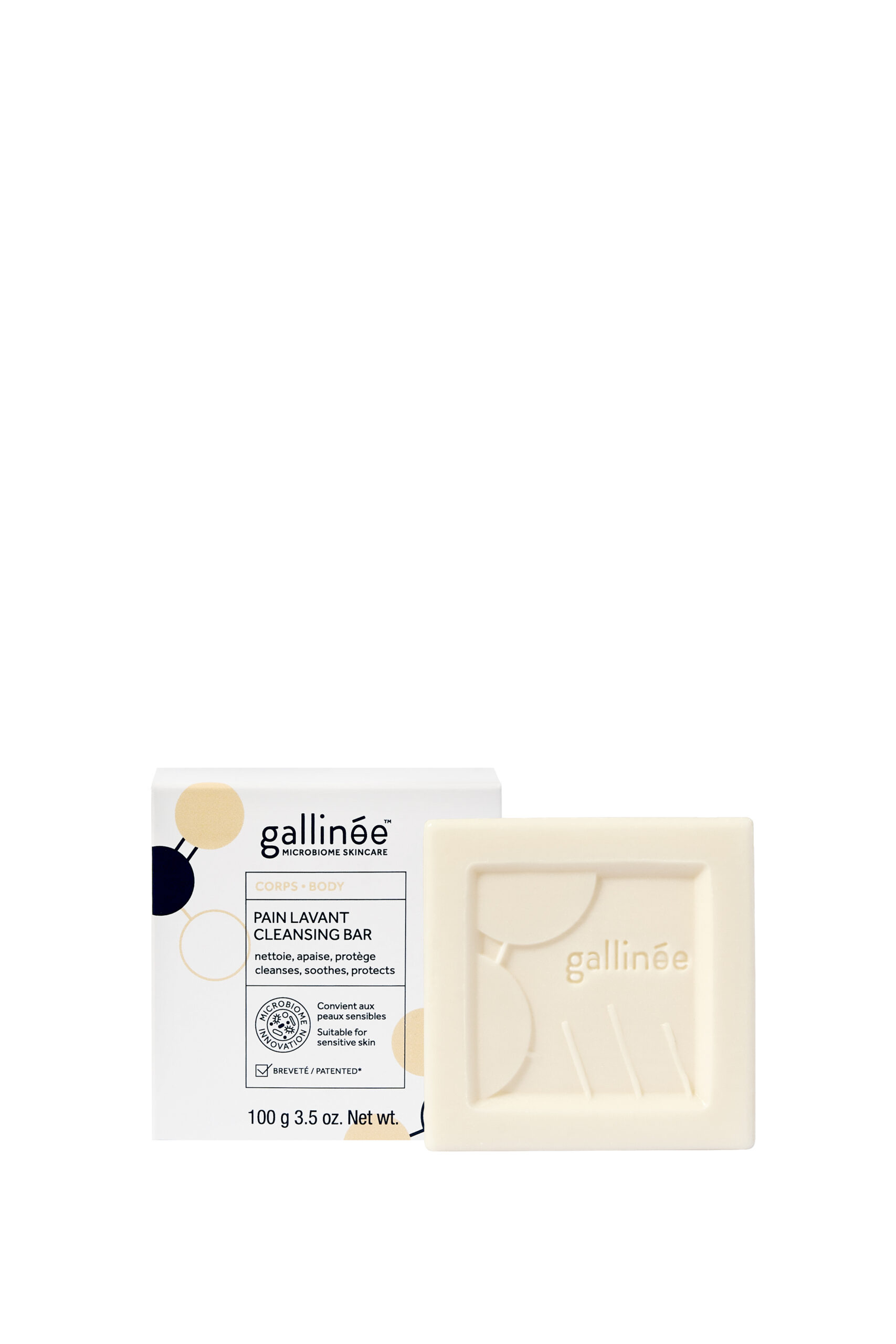#fca_qc_quiz_108755.fca_qc_quiz p:not( .fca_qc_back_response ):not( #fca_qc_question_right_or_wrong ):not( .fca_qc_question_response_correct_answer ):not( .fca_qc_question_response_response ):not( .fca_qc_question_response_hint ):not( .fca_qc_question_response_item p ), #fca_qc_quiz_108755.fca_qc_quiz a:not( .fca_qc_share_link ), #fca_qc_quiz_108755.fca_qc_quiz div:not( .correct-answer ):not( .wrong-answer ){ color: #151515; }
#fca_qc_quiz_108755.fca_qc_quiz div.fca-qc-back.correct-answer, #fca_qc_quiz_108755.fca_qc_quiz div.fca_qc_question_response_item.correct-answer { background-color: #abdc8c; }
#fca_qc_quiz_108755.fca_qc_quiz div.fca-qc-back.wrong-answer, #fca_qc_quiz_108755.fca_qc_quiz div.fca_qc_question_response_item.wrong-answer { background-color: #f57484; }
#fca_qc_quiz_108755.fca_qc_quiz div.fca_qc_question_response_item p { color: #151515; }
#fca_qc_quiz_108755.fca_qc_quiz{ border: #151515 0px solid; border-radius: 0pxpx; }
#fca_qc_quiz_108755.fca_qc_quiz button.fca_qc_next_question { color: #151515; border: #151515 2px solid; background-color: transparent; }
#fca_qc_quiz_108755.fca_qc_quiz button.fca_qc_next_question:hover { background-color: #FFFFFF; }
#fca_qc_quiz_108755.fca_qc_quiz button.fca_qc_button { background-color: #58afa2; box-shadow: 0 2px 0 0 #3c7d73; color: #FFFFFF; }
#fca_qc_quiz_108755.fca_qc_quiz button.fca_qc_button:hover { background-color: #3c7d73; }
#fca_qc_quiz_108755.fca_qc_quiz div.fca_qc_answer_div { background-color: #6d6d6d; border: #6d6d6d 0px solid; }
#fca_qc_quiz_108755.fca_qc_quiz div.fca_qc_answer_div.fakehover, #fca_qc_quiz_108755.fca_qc_quiz div.fca_qc_answer_div:active { background-color: #8dc8bf; }
#fca_qc_quiz_108755.fca_qc_quiz span.fca_qc_answer_span { color: #ffffff; }
Scalp Microbiome 💆♀️
How much do you know your scalp microbiome?
Do the Quiz!

To go further:
How do you really know about what’s going on on your head?
Today I’d like to talk a bit about the wonderful unexplored jungle of the scalp microbiome.
First, let’s start with some fun facts about the scalp.
- The scalp is skin, and it’s even the thickest skin on your body, an average of 8mm, compared to 0.5mm for the eyelids.
- It usually has around 100,000 hairs on it.
- This is where hair is born, and at birth, you already have all your hair follicles ready.
- 50% of men over 50 are suffering from hair loss. (Personal fun fact: I was born extremely bald and stayed that way until I was two years old. My dad used to hold me in the light to see if by any chance there was any fine hair was coming up, he was quite worried. I wore a lot of hats for a baby…)
The environment of the scalp is quite different from other skin sites. If you think of your body as a planet, the arms and legs would be dry savanna, your armpits dark humid caves and the scalp would be a tropical forest. Because of its humid environment and rich sebum, you will find there a very different microbiome.
The first thing to note is the presence of a lot of yeasts, especially from the Malassezia family. In this club you will see M. restrictans. M. furfur (cool name!), M. globosa, the latest one being responsible for dandruff and seborrheic dermatitis when it gets out of control. These yeasts feed from fat and live very happily on your scalp from all the sebum.
These fungi collaborate with the bacteria neighbors. On the bacteria side, you will find common skin bacteria such as C. acnes and S. epidermidis, but also local people who seem to synthesize vitamins and nutrients essential for hair growth. I say “seem” as the scalp microbiome research is really in its infancy. But early exploration is fascinating.
For us, it made a lot of sense to preserve this microbiome rather than to wash it away with harsh shampoos, which is why we developed this Scalp & Hair care range: the first prebiotic range to gently care for hair and balance your scalp’s microbiome! All of the 3 products contain fermented rice water and our unique pre and postbiotic complex.
- The Soothing Cleansing Cream helps regulate your sebum production and make you wash your hair less often
- The oil-free and silicone-free Scalp and Hair Serum smoothes hair and leaves it glossy
- The creamy Care Mask melts into hair fibres, smoothing them away without weighing it down
Marie

























